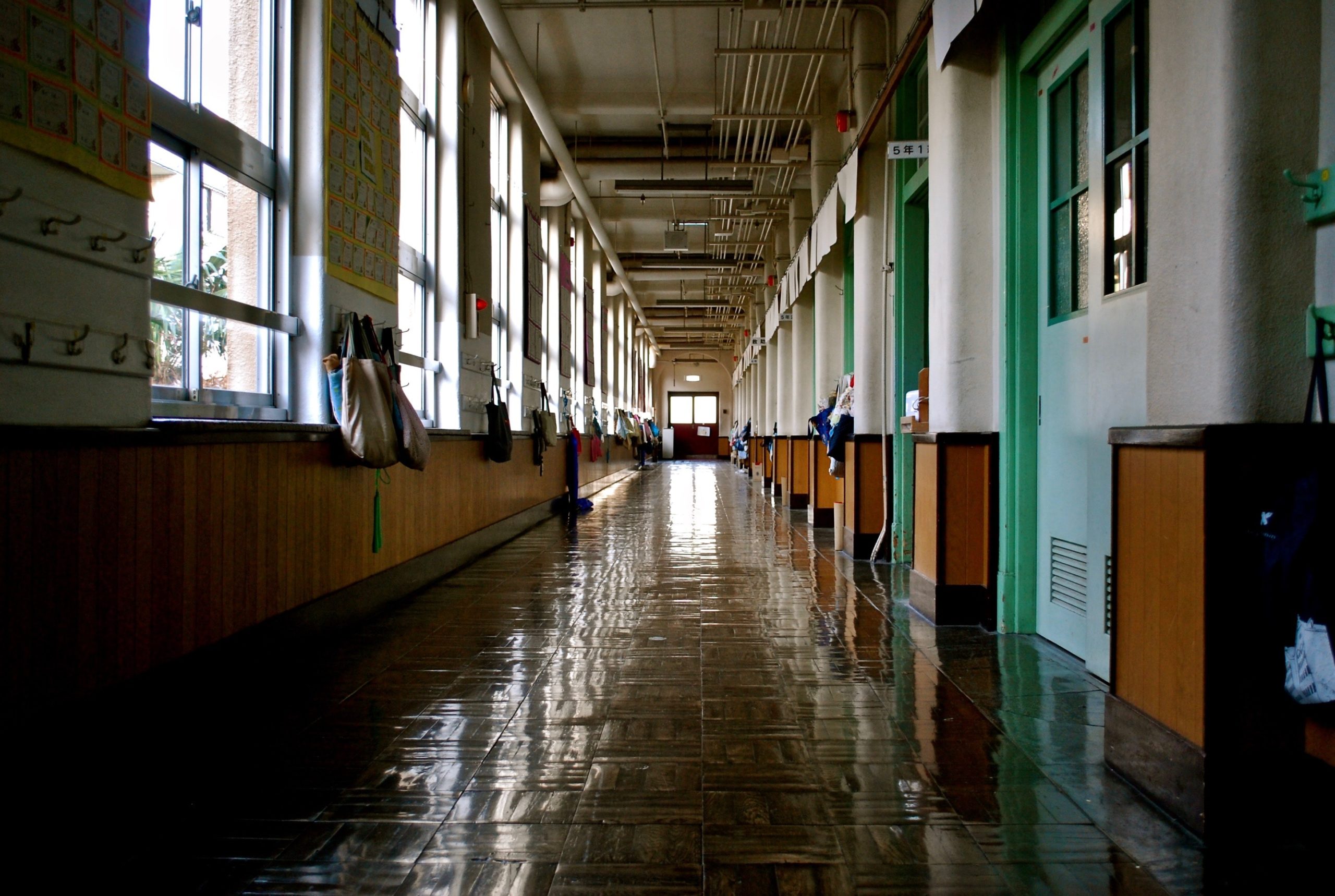As schools and childcare centers across the country embark upon the new school year, it is important for owners and administrators to take a fresh look at safety and security. In the midst of a busy school year, some of these checklist items can be put on the back-burner. Schools can use the summer months to refocus and consider: What should owners and administrators review each year to make sure their facilities are safe and secure?
- Revisit safety and security policies
All good safety and security starts with robust emergency plans and policy. And while most schools have something in place, rarely is it dusted off and refreshed. The summers months, without the usual day-to-day distractions, is an ideal time to review these procedures.
High-quality safety and security policies focus on both the goals of the security plan as well as the feasibility of implementation. By starting with what needs to be accomplished — whether that’s protecting students during the day, creating a safe space for after-hours extracurriculars or making the site ready to evacuate in case of a tornado — the policies will be built to fit a purpose. This exercise also often exposed important gaps in the security posture that might require urgent fixes. For example, has summer-time construction changed evacuation plans? Do new front desk personnel have the materials they need to be successful in access control? Do new classroom configuration demand updates to teacher training and awareness?
From a feasibility perspective, policies should be honest about what is achievable. There’s no point installing hundreds of security cameras if there’s no budget to hire a security officer to monitor them. There are ways of stretching your dollar and prioritizing if budget is an issue, but don’t let your eyes be bigger than your wallet. Invest as much as you can, but be smart with how that money is allocated. In cases where money is tight, be wary of fancy new technology. Training and preventative measures will get you further than installing new security equipment.
Successful policies are also preventative rather than reactive. They focus on addressing issues before they occur, not after. To this end, focus your policies around things like access control and staff training and certification (including how to spot issues and dangerous behavior early, while interventions are still possible). That’s not to say you can neglect the rest. Policies should address all of the major primary response protocols: lock out, lock down, shelter-in-place and evacuate. Policies should go even further and should address how parents are informed of procedures, reunification after an event and the cadence of school-wide trainings.
The list could go on forever and will vary school to school. The key takeaway is that your policies likely need a refresh, and if you keep them comprehensive, prevention-focused and with an emphasis on training, your school will be set up for success in the coming year.
- Revisit safety and security equipment
Equipment, which possibly hasn’t been used since your last drill, ought to be tested before school starts. This includes alarms, locks, cameras, and any other technology that will need to work flawlessly during an actual emergency. While we strongly emphasize policies’ importance over physical hardware, hardware is foundational in a robust physical security posture. Imagine if there’s no one trained to watch your fancy security cameras, your panic button isn’t operational or your access control mechanism doesn’t have a speaker system (you’ve just paid for a very expensive doorbell, nothing more). The physical hardware must be tested over the summer, so it’s functioning on day 1. Moreover, this is a great time to replace broken hardware or add new infrastructure to patch any gaps.
- Put safety and security at the heart of staff professional development
Summer is a time for professional development for many schools, giving teachers and staff an opportunity to improve their craft. By making safety and security a core component, schools empower their staff to act during an emergency in accordance with the school’s policies. This is especially true for new staff or staff who hasn’t gone through training in a while; it should be done annually at least. Consider getting your entire staff security certified over the summer. As the Navy SEAL adage goes, “under pressure, we don’t rise to the occasion, we fall to our training.”
- Confirm relevant emergency information and contacts
People and roles change outside of your organization as well. Make sure you have the most up to date contact information for local first responders as well as offsite locations such as reunification sites or other security contractors. Have their hours changes? Are they still aware of your relationship if roles have changed? Are they up to date on your policies?
- Set a plan & schedule for drills and trainings
Schools are expected — often regulated — to conduct emergency drills throughout the year. Too often, these are squeezed in at the end of the school year to check a box. But these drills serve a critical function in ensuring everything runs as smoothly as possible during an actual emergency. Students and staff must be up to date and regularly practice these drill for them to be effective. By scheduling these before the school year starts, administrators guarantee their people are prepared at any point during the year. Be sure to front-load the first several weeks of school with at least one of each of the main drills — evacuations, shelter in place, and lockdown.
- Communicate changes to parents
Parents have the right and the duty to know what to expect in terms of school safety and security. This included how to access the buildings, what types of drills or trainings their child might receive, how schools communicate during an emergency and what to expect with regard to the reunification plan in case of an evacuation. This ought to be provided to the parents near the beginning of the school year. It will save time answering questions in the long run.
Don’t wait until you’re underwater
Safety and security has never been more important, and a well secure school helps parents, staff, and students rest easy, as well as even being a competitive value add to your business. During the summer, administrators finally have the headspace to address such critical issues that otherwise get brushes aside during the year. Don’t wait until you’re underwater. Act now.
For more information about how SEC can help your school get prepared before school starts, visit secprotects.com.

